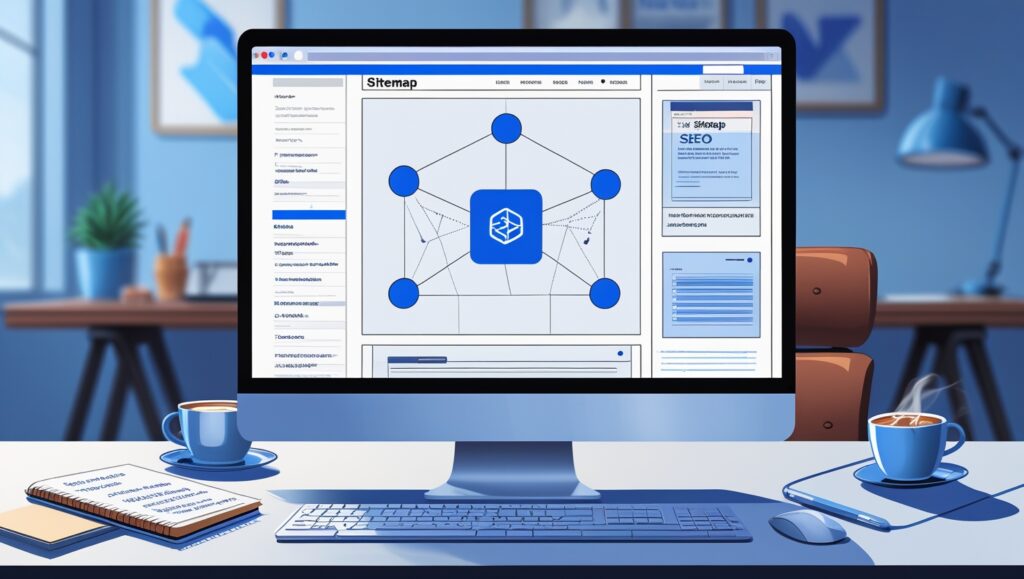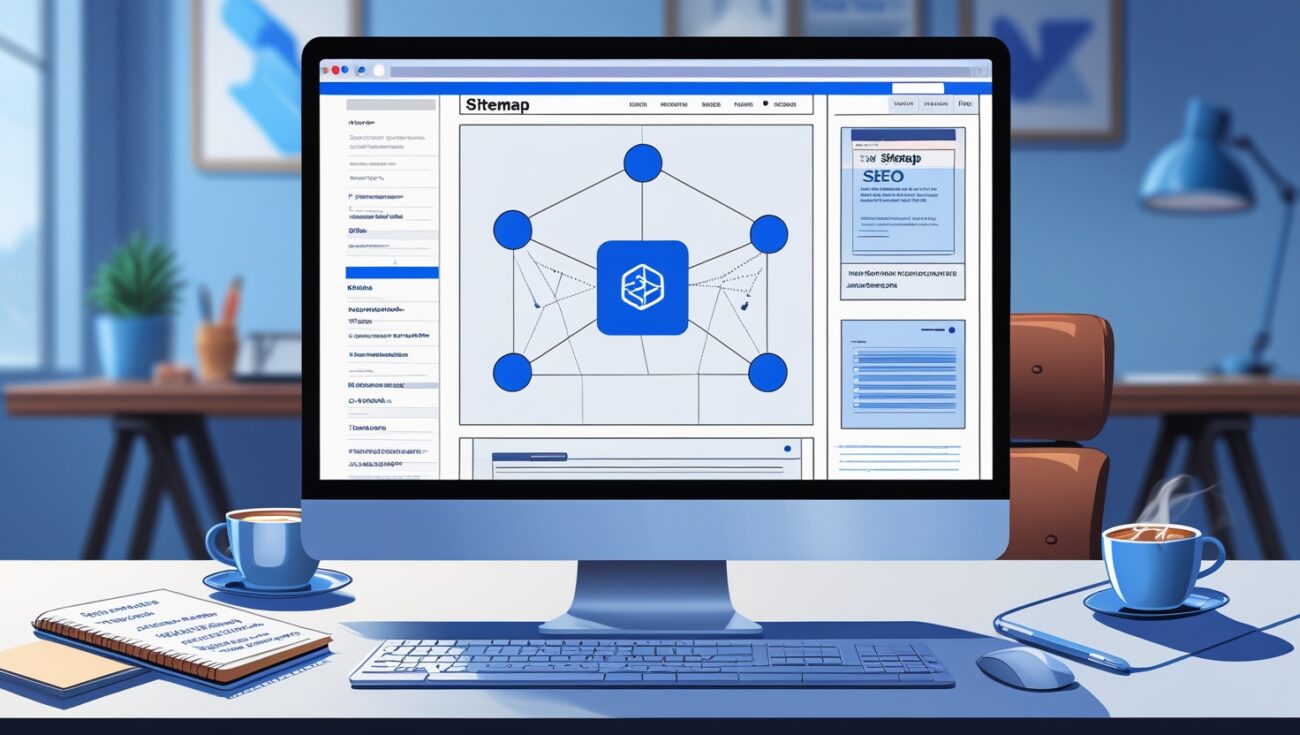A Comprehensive Look at Internal Link Best Practices
If you were to ask me what the single most powerful SEO tool is that you have complete control over, my answer would be your internal linking strategy. While backlinks from other websites are often seen as the ultimate prize, the way you connect your own content is the foundational element that can define your website’s success. It’s a strategy that builds authority, improves user experience, and helps search engines understand the true value of your content.

Table of Contents
Over the years, I’ve learned that a great internal linking strategy isn’t about following one simple rule; it’s about combining a set of core principles into a cohesive, powerful system. Think of this as your masterclass in internal linking best practices, a comprehensive guide to building a website that Google loves and users appreciate.
The Core Principles of Internal Linking Best Practices
1. The Principle of Relevance
This is the golden rule of internal linking. Every link you create must be topically relevant to the surrounding content. A link should never feel forced or out of place. It should be a natural, helpful addition that provides the user with more information on the topic at hand.
2. The Principle of Context
The anchor text you use to create your links is as important as the link itself. It provides crucial context to both users and search engines about the content on the destination page. Best practice is to use descriptive, varied, and natural-sounding anchor text that accurately reflects the linked content. Avoid generic phrases like “click here” and steer clear of over-optimizing with the same exact keywords.
3. The Principle of Hierarchy
A well-organized site is a well-ranking site. Best practice is to build a logical, hierarchical structure, often referred to as a “silo” or “content cluster.” Your homepage links to broad category pages, which then link to more specific sub-pages. This clean, pyramid-like structure makes your website easy for search engine crawlers to navigate and understand.
4. The Principle of Authority Flow
Your website has a handful of pages with the most authority, often your homepage or key blog posts with a lot of backlinks. Best practice is to intentionally use internal links to funnel this valuable link equity from these high-authority pages to new or important pages that need a ranking boost. This is a deliberate, strategic way to strengthen your entire website.
Implementing Best Practices: Your Actionable Checklist
Step 1: Conduct a Site Audit
Before you can build a strong network, you need to know where you stand. Best practice is to regularly audit your site for any issues. Look for broken links that waste link equity, and find orphaned pages that have no incoming links and are invisible to search engines. A manual audit is tedious and time-consuming, which is why a dedicated tool is essential. I highly recommend starting your internal link audit with Linkbot today.
Step 2: Connect Your Content
Once you know what you’re working with, it’s time to connect the dots. When you publish a new article, link to it from at least 3-5 high-authority, relevant pages. Go back and link from that new article to relevant older content as well. This creates a powerful, interconnected web that works for you.
Step 3: Link for Conversion
Don’t just link for SEO. Best practice, especially for businesses, is to strategically use internal links to guide users to your most important conversion pages, such as a product page, a service page, or a contact form. This turns your informational blog content into an engine for sales.
Step 4: Maintain Your Profile
Internal linking is not a one-time project. Best practice is to treat it as an ongoing process. As you add new content and update old pages, your internal link profile will change. An automated tool can help you continuously monitor your site for new opportunities, broken links, and other issues that can harm your SEO. With Linkbot, you can automate this crucial part of your SEO and keep your site healthy.
The Role of Automation in Mastering Best Practices
Manually implementing every single one of these best practices across your entire website is overwhelming and, quite frankly, inefficient. The sheer volume of data and the constant need for monitoring make it a task better suited for a machine. Automated internal linking software can analyze your content, find all relevant linking opportunities, identify issues like broken links and orphaned pages, and help you maintain a clean site structure with minimal effort. You can see how simple it is to implement these best practices with Linkbot.
Conclusion: Build a Strong Foundation for Success
A well-executed internal linking strategy is a foundational SEO asset that improves your site’s crawlability, enhances link equity flow, and boosts your topical authority. By following these best practices—from creating relevant links to maintaining a healthy site structure—you can build a website that is a respected authority in its niche.
Don’t let your valuable content sit in isolation. Take a proactive approach and build a deliberate network of internal links that will significantly boost your search engine rankings and help you grow your business. Start building your website’s strong foundation with Linkbot today.
Ultimately, the goal of all these internal linking best practices is to provide a superior user experience. When a visitor can easily navigate from one relevant, helpful article to another, they feel a sense of clarity and purpose. This seamless journey not only encourages them to stay on your site longer but also signals to Google that you are a high-quality resource, directly contributing to the “Experience” part of your E-E-A-T score.
The most powerful thing about a comprehensive internal linking strategy is its compounding effect. Each time you implement a best practice—whether it’s fixing a broken link or strategically linking a new article—you are making your entire website more authoritative and resilient. These small, consistent improvements add up to a significant competitive advantage over the long term, making your website an increasingly powerful asset.
I’ve come to think of a website with a poor internal linking profile as a cluttered attic. All the valuable information might be there, but it’s hard to find and difficult to use. In contrast, a site that follows these best practices is like a well-organized library. The information is not only present but also logically categorized and easily accessible, ensuring that everyone who enters can find exactly what they’re looking for.
Making the shift to a proactive internal linking strategy requires a change in mindset. Instead of thinking of it as a one-time task, you must view it as an ongoing commitment. By building these best practices into your regular workflow, you move from a reactive approach—fixing problems as they arise—to a proactive one, constantly strengthening your website from the inside out.

